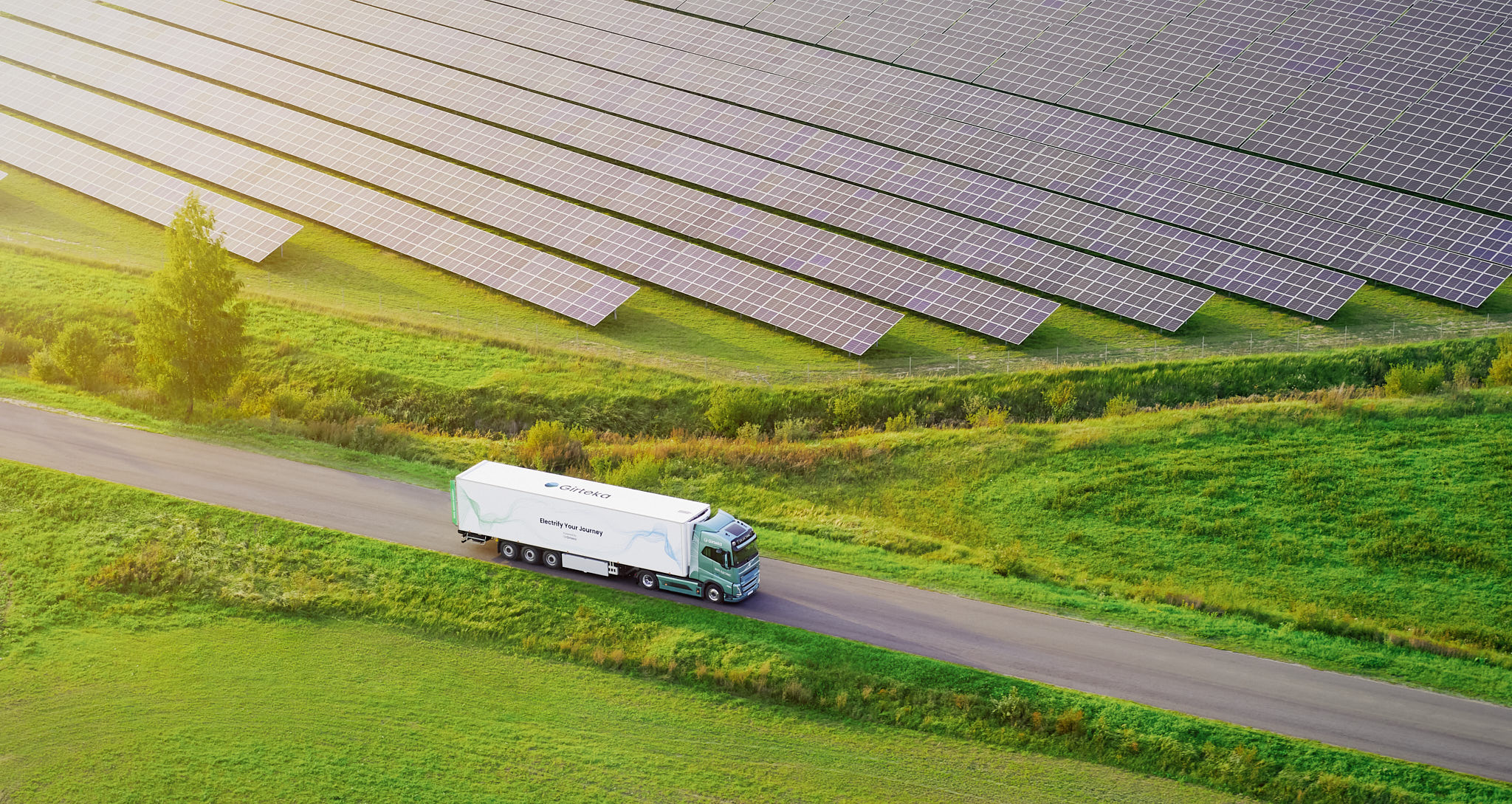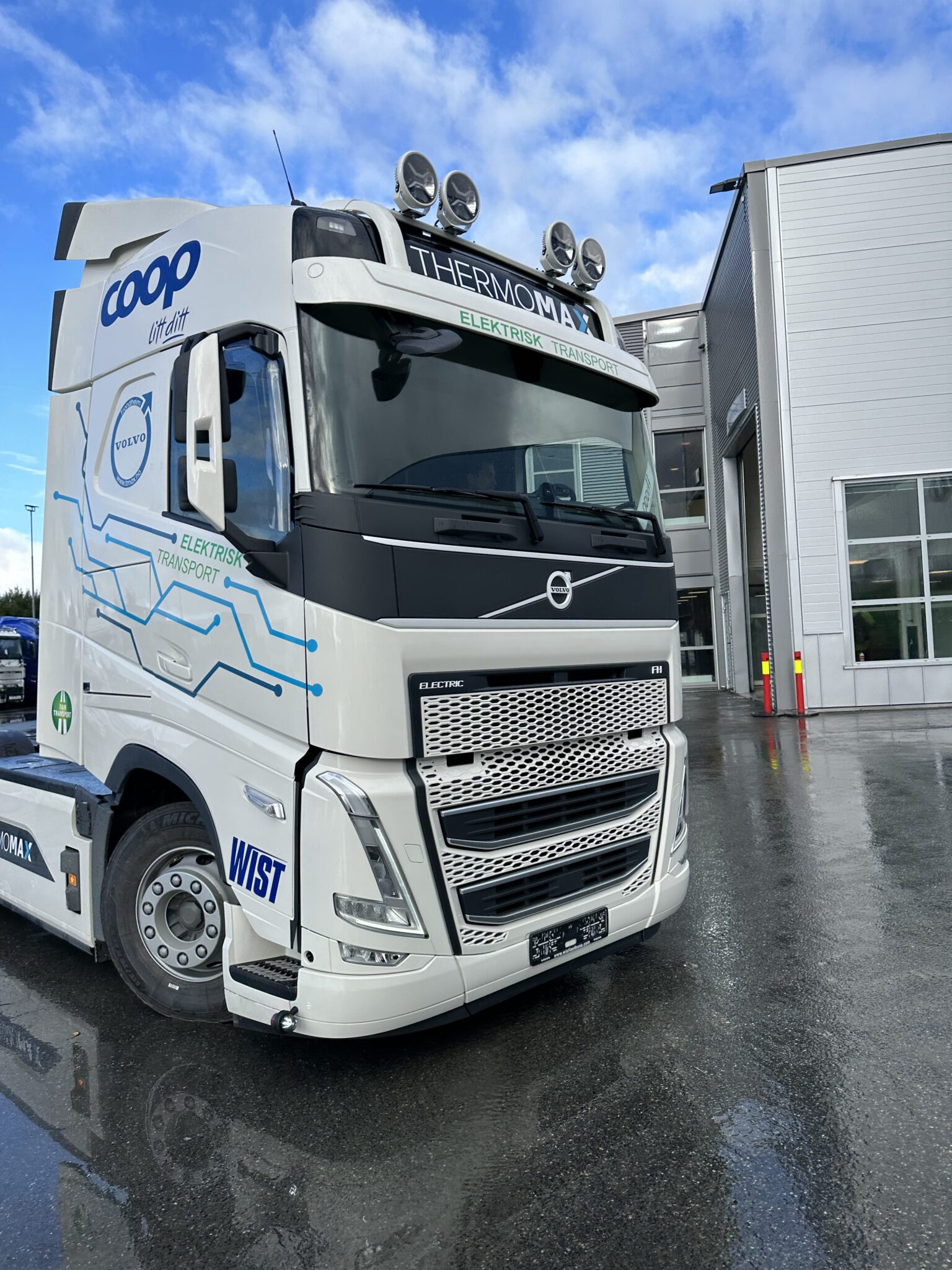Amazon has opened its first micromobility hub in Norfolk, UK at its delivery station in Norwich. The hub now houses a fleet of new electric cargo bikes which will deliver thousands of packages per week to customers, taking traditional delivery vans off city centre roads, and helping to improve air quality and alleviate congestion.
Norwich joins more than 40 cities in the UK and across Europe which have Amazon micromobility hubs facilitating electric cargo bike and on-foot deliveries. As part of a £300 million investment to electrify and decarbonise Amazon’s UK transportation network, electric cargo bikes and walkers are now expected to make millions of deliveries to Amazon customers across the UK every year.
“Our new electric cargo bikes are part of Amazon’s commitment to reach net zero carbon emissions across our operations by 2040, ten years ahead of the Paris Agreement. This is a proud moment for our team, and great news for customers across the city who will benefit from zero-emissions deliveries to their door,” said Connor Ashford, Senior Delivery Station Manager at Amazon in Norwich.
Danzen Logistics is a local courier company which provides delivery services to Amazon customers in Norwich. Dan Zenchuk, owner of Danzen Logistics said: “We are delighted to work with Amazon to bring this fleet of electric cargo bikes to Norwich. We think the electric cargo bikes are going to be a big hit with customers, while also supporting Amazon’s sustainability commitments, and providing additional delivery rider opportunities in the area.”
As well as traditional carriers, Amazon works with a community of Delivery Service Partners – small and medium sized courier businesses like Danzen Logistics – which provide work opportunities to thousands of individuals who deliver packages to customers. Amazon and its partners already have more than 1,000 electric delivery vans deployed across the UK and Ireland, in addition to nine fully electric heavy goods vehicles, the first in the company’s fleet, which have replaced traditional lorries.
All of the electricity consumed by Amazon’s operations, including its data centers, was matched with 100% renewable energy in 2023 – seven years ahead of the 2030 goal the company had set. As the largest corporate purchaser of renewable energy globally and in the UK, Amazon has 29 operational on-site solar projects and enabled seven large-scale offsite renewable energy projects, with a capacity of more than 900MW in the UK.
Once all projects are operational, they are expected to generate enough energy to power the equivalent of more than one million UK homes annually. These include corporate purchase power agreements with; a wind farm in Ballykeel, Co Antrim, which opened last year; Moray West Offshore Windfarm in Scotland; and East Anglia THREE offshore windfarm in Suffolk which, once operational, will generate enough clean electricity to power the equivalent of 1.3 million British homes and will be the second biggest offshore wind farm in the world.
Delivery stations power the last mile of Amazon’s order process and help speed up deliveries for customers. Packages are shipped to a delivery station from neighbouring Amazon fulfilment and sortation centres, loaded into delivery vehicles and delivered to customers. Amazon’s Norwich delivery station opened in September 2016 and employs more than a hundred permanent employees to process customer orders.
Pay for employees at the delivery station in Norwich starts at £12.30 per hour and employees are offered a comprehensive benefits package, including private medical insurance, life assurance, income protection and an employee discount. Since 2010, Amazon has invested over £2.1 billion in East Anglia, and more than 3,000 small and medium sized businesses from the region sell on the Amazon store.
similar news




